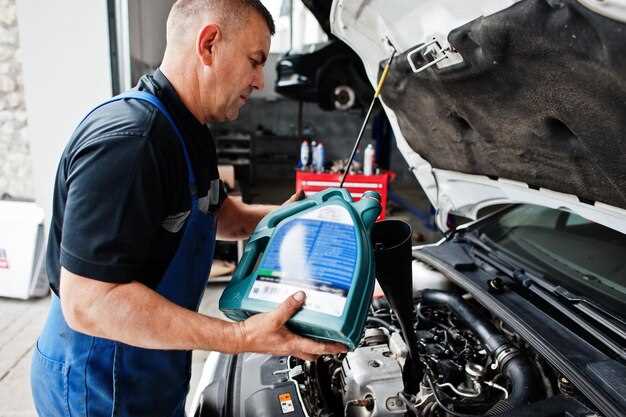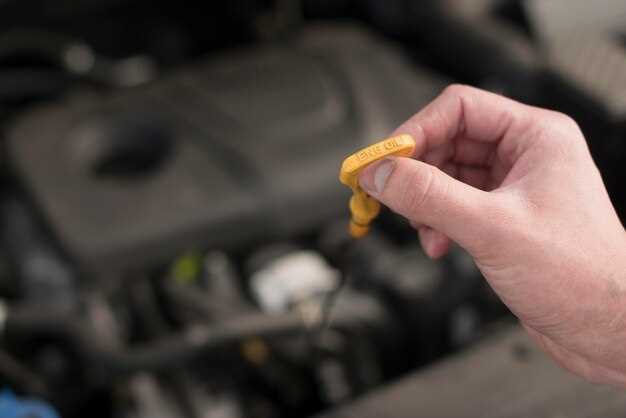
Changing the oil in your BMW is a crucial maintenance task that ensures your vehicle runs smoothly and efficiently. Whether you own a classic model or the latest in automotive technology, performing a diy oil change can save you time and money while providing the satisfaction of taking care of your own car. By understanding the necessary steps and having the right tools at your disposal, you can easily master this essential skill.
In this comprehensive step-by-step guide, we will walk you through the entire process of changing your BMW’s oil at home. From gathering supplies to disposing of old oil properly, this guide covers everything you need to know to complete a successful oil change. Preparing for this diy task is essential, as it will ensure a smooth and hassle-free experience.
By following our outlined steps carefully, you’ll not only maintain your BMW’s performance but also extend the life of your engine. So, gather your tools and let’s dive into the world of oil changes with confidence!
Gathering Necessary Tools and Supplies for Your BMW Oil Change

Before you begin the oil change process for your BMW, it is crucial to gather all necessary tools and supplies. This preparation ensures a smooth and efficient oil change experience.
Start by collecting the appropriate type of oil for your BMW model. Refer to your owner’s manual for the recommended oil grade and capacity. Ensure you purchase enough oil, typically ranging from 5 to 8 quarts, depending on your vehicle’s specifications.
Next, you will need an oil filter. Select a high-quality oil filter that matches your BMW model. Replacing the oil filter during an oil change is essential to maintain engine performance and lubrication.
Gather the following tools: an oil filter wrench, a socket set or wrench for the drain plug, and a funnel to prevent spills when adding new oil. An oil catch pan is also necessary to collect used oil during the draining process.
Additionally, make sure to have shop towels or rags on hand for cleaning up any messes that may occur. Safety gloves and goggles are also recommended to protect your hands and eyes from oil exposure.
Finally, ensure you have a jack and jack stands or ramps to lift your BMW safely. Proper access to the oil drain plug and oil filter is crucial for the procedure.
With all these tools and supplies ready, you will be well-prepared to carry out your BMW oil change efficiently and safely.
Step-by-Step Procedure for Draining and Replacing Oil in Your BMW

Performing a DIY oil change on your BMW is straightforward if you follow these steps carefully. First, gather all necessary tools and materials, including an oil drain pan, a wrench, an oil filter wrench, a funnel, new oil, and a new oil filter.
Begin by ensuring your vehicle is parked on a level surface and the engine is cool. Engage the handbrake for safety. Start by locating the oil fill cap on top of the engine and remove it to allow the old oil to drain out smoothly.
Next, position the oil drain pan beneath the engine’s oil pan. Use a wrench to remove the oil drain plug, which is typically located at the bottom of the oil pan. Allow the old oil to completely drain into the pan. This may take several minutes, so be patient.
Once the oil has drained, clean the drain plug with a rag and inspect the gasket for wear. Replace the gasket if necessary before reinstalling the plug. Tighten it securely, but avoid over-tightening to prevent damage.
Now, move on to the oil filter. Locate the oil filter and use the oil filter wrench to unscrew it. Be cautious as some oil may still be trapped in the filter. Prepare to catch any spillage with your drain pan. Before installing the new oil filter, apply a small amount of new oil to the rubber gasket of the new filter. This helps create a better seal.
Install the new oil filter by hand, turning it clockwise until it is snug. Do not over-tighten it, as this can cause damage.
Now, return to the oil fill cap and use a funnel to pour the new oil into the engine. Refer to your BMW’s owner manual for the correct oil type and quantity. After filling, replace the oil fill cap securely.
Finally, start the engine and let it run for a few minutes. This will allow the new oil to circulate. Check underneath the vehicle for any leaks around the drain plug and oil filter. After ensuring there are no leaks, check the oil level using the dipstick and add more oil if necessary. Your DIY oil change is now complete, keeping your BMW running smoothly.
Proper Disposal of Old Oil and Maintaining Your BMW After an Oil Change
After completing an oil change, it is crucial to dispose of the old oil properly to protect the environment. Used motor oil can contain harmful contaminants and should never be poured down the drain or thrown into the trash. Here are the steps for proper disposal:
1. Collect the Old Oil: After draining the old oil, ensure that you use a clean, sealed container to store it. Many auto parts stores and service centers provide designated containers for this purpose. Avoid mixing the oil with other liquids to facilitate recycling.
2. Locate a Recycling Center: Research local recycling facilities or service stations that accept used motor oil. Many municipalities have specific drop-off locations for hazardous materials, including motor oil. Contact them to confirm their policies on oil disposal.
3. Dispose Responsibly: Take the sealed container of old oil to the chosen facility. Ensure you follow any guidelines they provide for dropping off hazardous materials. This step helps prevent environmental contamination and promotes recycling efforts.
In addition to proper disposal, maintaining your BMW is essential to ensure it runs smoothly after an oil change.
1. Check Oil Level: After the new oil has been added, it’s important to regularly check the oil level using the dipstick. This ensures that your engine has the correct amount of oil for optimal performance.
2. Monitor for Leaks: After servicing, inspect for any signs of oil leaks around the oil filter or drain plug. Address any leaks immediately to avoid potential damage to your BMW.
3. Follow Maintenance Schedule: Adhere to your BMW’s recommended maintenance schedule, which includes regular oil changes and inspections. This practice not only prolongs the life of your engine but also enhances its efficiency.
4. Use Quality Oil: Always use oil that meets the specifications set by BMW for your specific model. High-quality oil maximizes engine protection and performance.
By disposing of old oil properly and adhering to maintenance practices, you can ensure your BMW remains in excellent condition and performs reliably for years to come.
